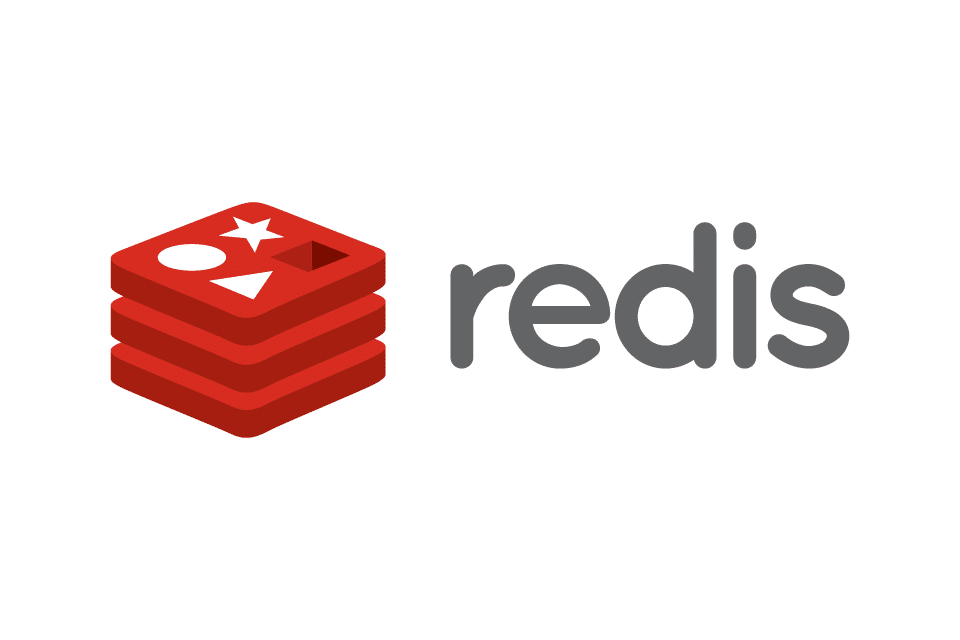Caching plays a crucial role in web development projects that store frequently accessed resources in temporary in-memory databases (caches). Its goal is to speed up client requests and reduce the server load. Two of the most popular in-memory data storage solutions for web development are Redis and Memcached. When comparing Memcached vs Redis, both solutions are open-source, with powerful caching capabilities and a distributed architecture for easy scaling.
So, let’s take a close look at Redis and Memcached, their pros, cons, and common use cases so that you can choose the right one for your project.
Memcached vs Redis: What’s the Difference?
On the surface, Memcached and Redis appear similar. Their immense popularity and open-source nature have allowed for broad community support. As one of the earliest caching solutions, Memcached has seen widespread adoption among numerous organizations. Redis is considerably newer, but it has gained substantial popularity thanks to its rich feature set.
Both solutions also offer client libraries and drivers that allow easy integration with popular programming languages and frameworks. They are also constantly evolving to meet the changing needs of the web development ecosystem.
However, these solutions have several notable differences, so it’s essential to choose the one best suited to your project. Let’s explore some key features.
What Is Memcached?
Memcached is a high-performance distributed memory object caching system. Its primary purpose is to cache frequently accessed data to reduce database strain, enabling faster response times.
One of Memcached’s guiding principles is its strong emphasis on simplicity and speed. It uses a straightforward key-value data model that allows you to easily access data without needing complex query languages.

What Is Redis?
Redis is an in-memory data structure store for caching. Its functionality extends beyond traditional caching systems, supporting various a variety of data types. It also supports transactions, which ensure grouped commands execute sequentially and uninterrupted to maintain consistency across data modification operations. Redis also allows for publish/subscribe messaging to enable highly scalable communication among application components.

Comparing Memcached and Redis
Although Memcached and Redis are both easy to use and highly performant, there are key differences to consider when choosing the right one for your project.
Data Structures and Storage
Memcached is a simple key-value store that supports small, arbitrary data types like strings and objects. It’s ideal for applications that require simple caching functionalities and quick key-based lookups. As a result, it’s not exceptionally suitable for more complex use cases that require advanced data manipulation techniques.
Meanwhile, Redis supports a more comprehensive range of data structures, including strings, hashes, lists, sets, and bitmaps. This flexibility allows for more complex use cases, such as implementing real-time analytics or retrieving location-based data.
Performance and Scalability
Memcached prioritizes high performance and exceptional response times. It also scales vertically, allowing you to add more servers to the caching pool to accommodate increased traffic and data loads.
Redis offers comparable performance for simple caching tasks and additional features for more advanced use cases. It enables asynchronous and non-blocking I/O operations, allowing your application to handle more concurrent tasks. This functionality enhances its performance under heavier workloads. Redis also supports clusters for horizontal scaling, allowing for continued operations if some nodes fail.
Persistence and Durability
Memcached operates in-memory only, meaning it stores all data in RAM and doesn’t have built-in persistence. This approach ensures maximum performance and low-latency access to data. However, Memcached doesn’t automatically save data in the event of a system failure. Fortunately, newer versions support data recovery after a restart and persistent memory via DAX file system mounts.
By contrast, Redis offers optional data persistence using two distinct methods: snapshotting and append-only file (AOF). Snapshotting involves taking snapshots of data in the cache and saving the data to the disk after a specified duration. Meanwhile, AOF is a more durable method that consists of appending commands to the AOF to modify data. Unlike snapshotting, this method allows Redis to fully reconstruct data in case of a system failure or restart.
Features and Extensibility
Memcached focuses on a simple, straightforward approach to caching. While it excels at this, its limited support for data types restricts its ability to handle more complex data modeling requirements or perform specialized operations. Such constraints limit Memcached’s extensibility in scenarios requiring advanced data structures and data manipulation techniques.
Meanwhile, Redis offers numerous features in addition to basic caching, including transactions, publish/subscribe messaging, and Lua scripting. Transactions allow you to execute multiple commands automatically in a single atomic step to ensure data consistency. Pub/sub messaging enables message-based communication between application components. You can use this feature to implement real-time messaging, chat rooms, and event-driven architectures. Finally, Lua scripting allows you to execute server-side scripts for complex data operations and transformations.
Memcached vs Redis in Web Development
While Memcached and Redis share some caching capabilities, they have unique features that target different use cases.
Memcached Use Cases
Memcached is best suited for:
- Projects requiring simple caching to speed up web applications. By storing frequently accessed data — such as query results — in memory, Memcached reduces the need for repeated database queries, resulting in faster response times and improved application performance.
- High read and write loads on a basic key-value store where a simple key-value store and rapid data access are essential.
- Projects with straightforward caching needs and limited data types, such as caching configuration settings, user authentication tokens, or static content.
Redis Use Cases
Redis is best suited for:
- Advanced caching that supports complex data structures, such as lists, sets, and sorted sets. Redis allows for caching more complex data models and provides specialized operations for each supported data type.
- Message brokering using publish/subscribe, real-time analytics, and search. Redis’s support for “pub/sub” messaging functionality makes it a go-to choice for implementing message brokers and real-time analytics systems. Its low latency also makes it suitable for real-time analytics and processing streaming data. Additionally, Redis offers powerful search capabilities through features like Redisearch, allowing efficient data indexing and searching.
- Projects requiring data persistence and durability. Redis offers optional data persistence mechanisms through snapshotting and append-only file (AOF) mechanisms that allow data to be saved to disk and recovered after system failures or restarts. These capabilities make Redis suitable for projects that require data persistence, such as user sessions, transactional data, or caching of critical information.
Summary
When choosing between Memcached vs Redis for your web development project, there is no single “best” option, only the best one for your project’s unique needs. Understanding each solution’s unique strengths and characteristics is essential to decide which works for you.
Memcached and Redis are both extremely popular and well-supported solutions, each for entirely different reasons. Memchached’s focus on simplicity and high performance make it an excellent choice for projects with straightforward caching needs. However, you should consider using Redis if you need more advanced caching functionalities and features beyond caching.
At Kinsta, our managed WordPress Hosting has page caching built-in, and that’s enhanced by edge caching on Cloudflare servers around the world. However, we still recommend using Redis as a persistent object cache on sites — or parts of sites — when page caching is inadvisable, like during ecommerce transactions or when displaying member-specific content.


